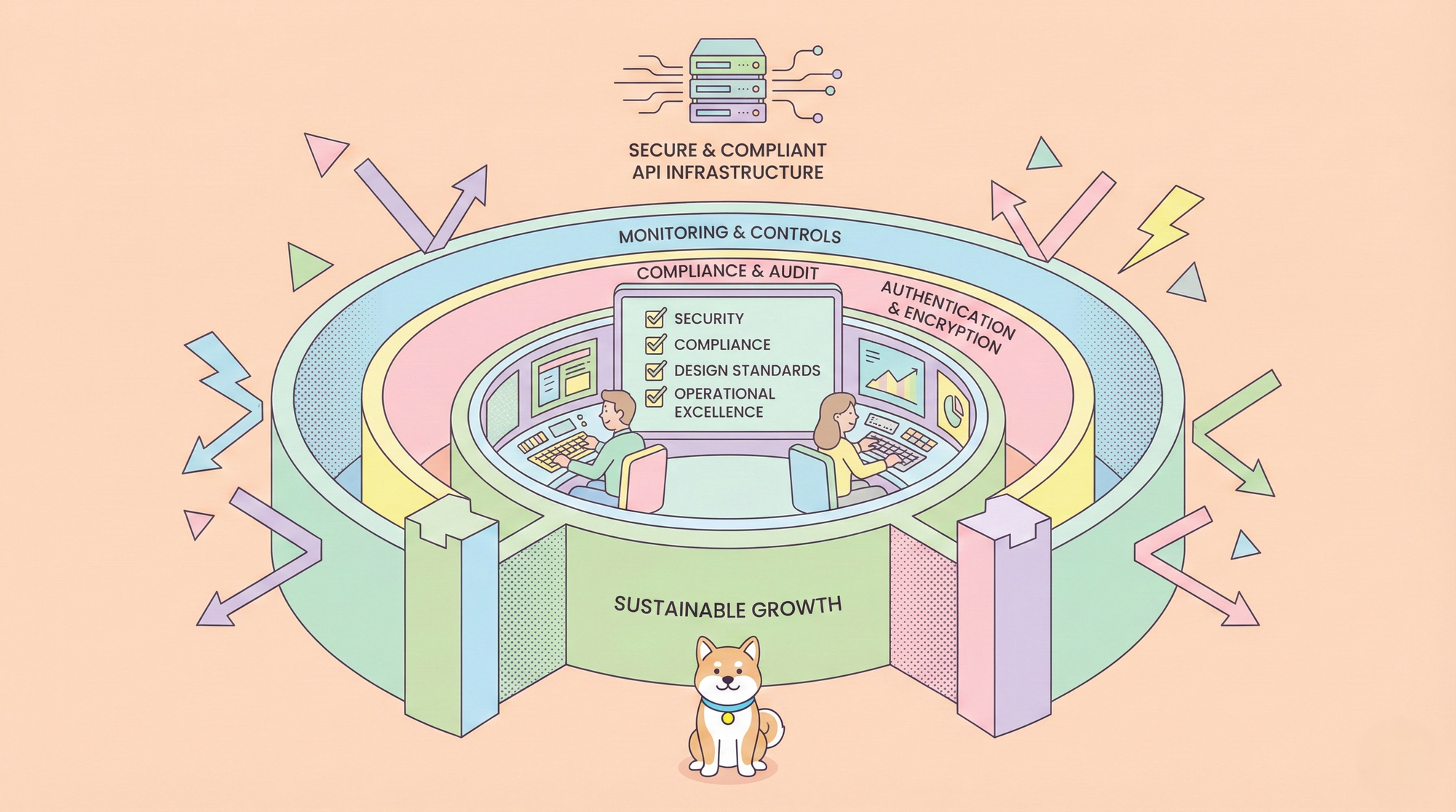In software development circles, few concepts spark as much debate as the term "10x Developer." It’s often referenced in job interviews, blog posts, and Twitter threads. Some treat it as a standard to aspire to. Others see it as a dangerous myth.
So what is a 10x Developer? Is it a real phenomenon, an outdated term, or just a meme gone viral? In this article, we’ll explore the origins of the concept, how it evolved into internet culture, and what it actually means to be high-performing in today’s collaborative development world.
Want an integrated, All-in-One platform for your Developer Team to work together with maximum productivity?
Apidog delivers all your demands, and replaces Postman at a much more affordable price!
Where Did the Idea Come From?
The idea of the "10x Developer" can be traced back to a 1968 study by Sackman, Erickson, and Grant, which suggested that some programmers were up to 10 times more productive than their peers working on the same tasks. Productivity was measured based on factors like speed, code quality, and debugging ability.
That research had some validity at the time, but it came from an era when programming was a solitary activity. Devs worked on isolated tasks, systems were smaller, and the industry had yet to embrace collaborative development and agile methodologies.
Still, the concept endured. Over time, it evolved—shifting from academic observation to industry folklore.

The 10x Developer in Today’s CS Culture
In recent years, the "10x Developer" has become more meme than metric. This transformation can be traced in part to a now-infamous 2019 Twitter thread that attempted to define 10x Developer based on controversial behaviors: avoiding meetings, refusing to comment code, and resisting collaboration. The post was widely criticized, mocked, and eventually turned into an internet phenomenon.
Since then, the term has been adopted across developer communities—as a badge of honor, a running joke, or a cautionary tale.
Examples of the meme include:
"A 10x developer doesn’t write code—they write pure intent into the keyboard."
"A 10x developer doesn’t use Git—Git submits to their will."
"They don’t need Stack Overflow. Stack Overflow learns from them."
While humorous, these exaggerated traits reflect an unhealthy glorification of individual brilliance over team success.

The Real Impact of the 10x Developer Mindset
The 10x Developer idea persists because most teams have worked with someone who seems exceptionally productive. This person might build entire features overnight, solve complex bugs quickly, and deliver on tight deadlines. It’s easy to romanticize this kind of performance.
However, this ideal can be problematic when used as a hiring filter or a company culture metric. It can lead to:
Unrealistic expectations for new hires or junior developers.
Hero culture, where collaboration and documentation are undervalued.
Burnout, due to the pressure to constantly outperform.
Toxic environments, where teamwork is sacrificed for speed.
Modern software development is no longer about solo efficiency. It’s about team collaboration, product impact, and long-term maintainability.

Do 10x Developers Actually Exist?
Let’s address the core question: Are there developers who are 10x more productive than others?
The answer depends on how you define productivity. If you're measuring lines of code or features pushed to production, it's possible. Some developers are extremely fast and effective. But in most cases, raw output doesn’t correlate with real value.
In a team setting, a high-performing developer is someone who:
Solves complex problems efficiently.
Writes readable, maintainable, and tested code.
Makes smart architectural decisions.
Elevates the productivity of their peers through code reviews, mentorship, and clear communication.
Knows when to automate, when to refactor, and when to hold back.
These individuals might not be ten times better at typing or shipping code, but they can unlock 10x results by improving the overall effectiveness of the team.
In that sense, a 10x Developer is not someone who does the work of ten people—but someone who makes ten people more effective.

Signs of a High-Impact Developer (Without the Hype)
Here’s what real engineering leaders and organizations look for in top-performing developers today:
| Trait | Why It Matters |
|---|---|
| Strong communicator | Facilitates clarity, collaboration, and fewer bugs |
| Mentors others | Grows the team’s skill level over time |
| Writes maintainable code | Reduces future technical debt |
| Focuses on impact | Prioritizes business value over lines of code |
| Handles complexity well | Designs resilient systems and avoids overengineering |
| Knows when to say no | Resists unnecessary features or premature optimizations |
These skills don’t just help a developer succeed—they multiply the effectiveness of everyone around them.
Why the Myth Persists
There are a few reasons the 10x Developer myth won’t die:
Anecdotes are powerful – Everyone knows someone who seems to produce astonishing results.
Silicon Valley culture – Tech media often idolizes lone geniuses.
Quantifying output is hard – Companies want simple metrics, and “10x” sounds impressive.
Ego and identity – Some developers enjoy being seen as irreplaceable or elite.
But while the term may persist in memes and job descriptions, the industry is slowly shifting away from this narrative.
Redefining the 10x Developer for 2025 and Beyond
It’s time to move past the outdated view of the 10x Developer as a lone genius working through the night.
Instead, we can redefine the high-impact developer as someone who:
- Thinks strategically.
- Collaborates effectively.
- Drives progress without leaving chaos behind.
- Makes others around them better.
- Prioritizes maintainable, scalable systems over short-term heroics.
If you’re hiring, don’t search for unicorns. Look for engineers who make your entire team faster, smarter, and more resilient.
If you’re growing as a developer, focus less on being 10x—and more on being thoughtful, adaptable, and team-oriented.
Final Thoughts
The 10x Developer may have started as a productivity metric, but it’s become a meme—and a potentially harmful one at that.
The most impactful engineers in modern teams don’t just push code. They:
- Understand the bigger picture.
- Share knowledge.
- Communicate trade-offs.
- And help others shine.
There’s no shame in being a “1x Developer” who writes solid, maintainable code and supports their team. In fact, that might be the most sustainable form of excellence we can strive for.



